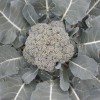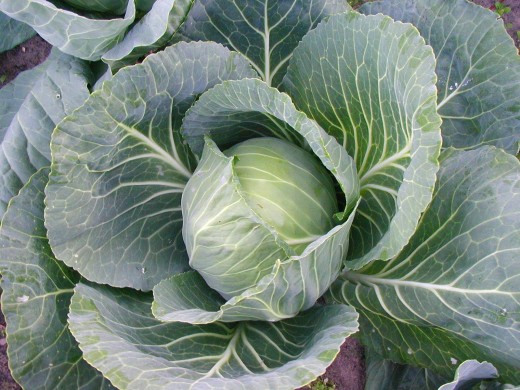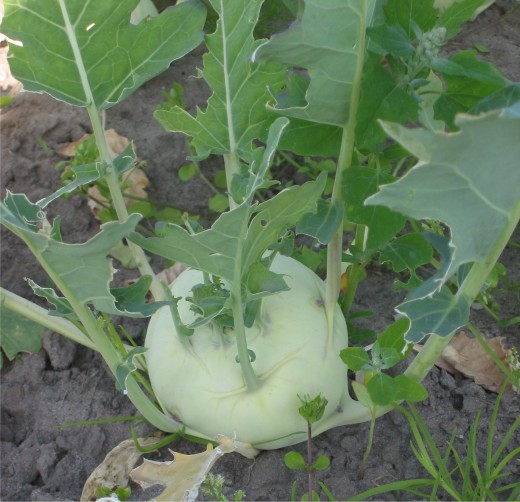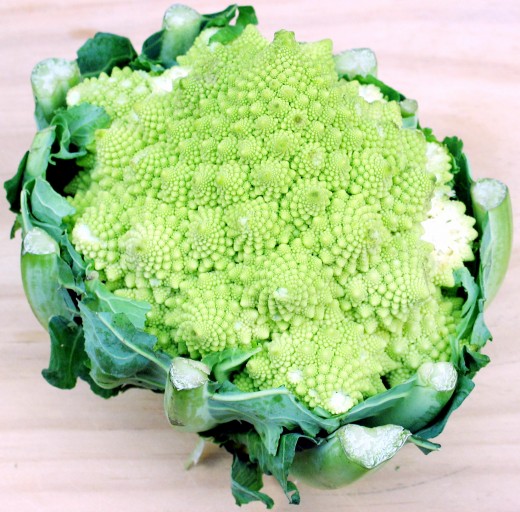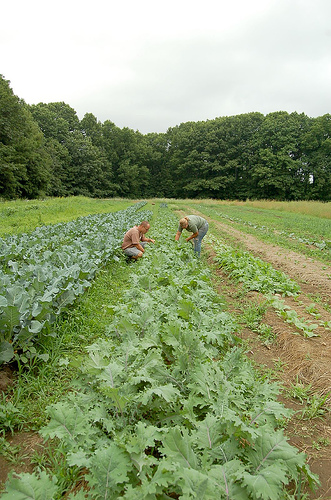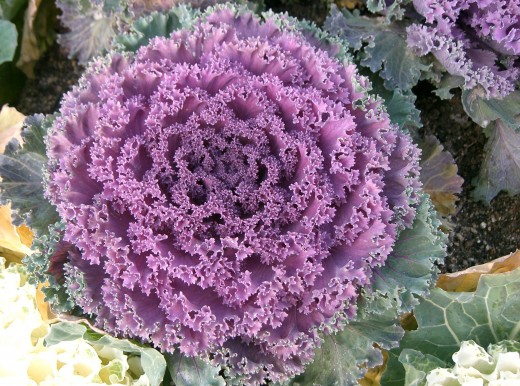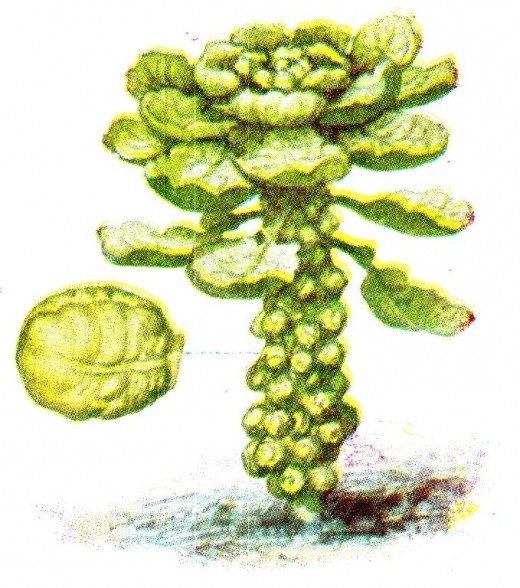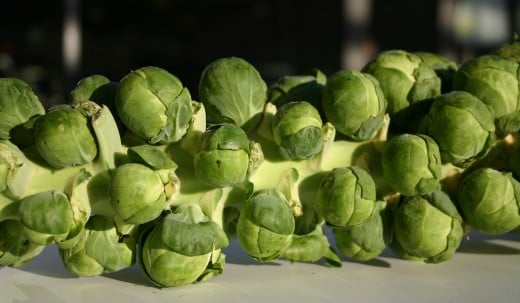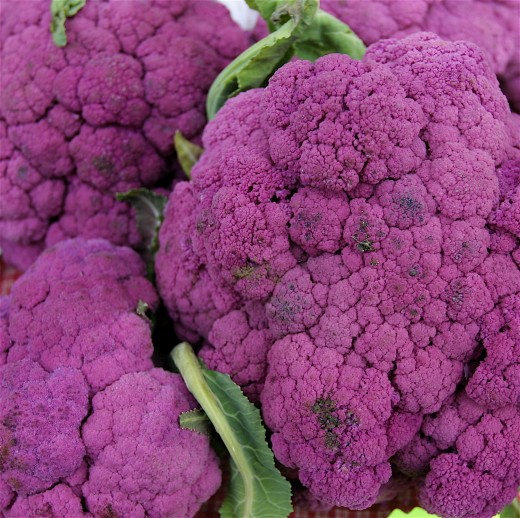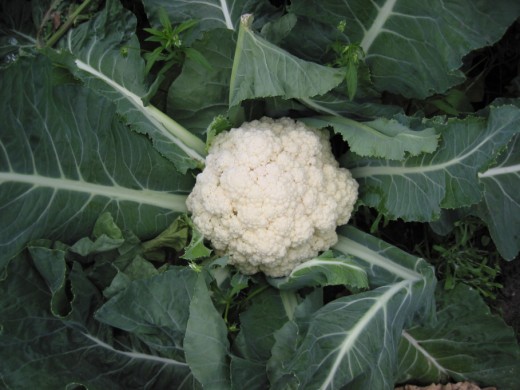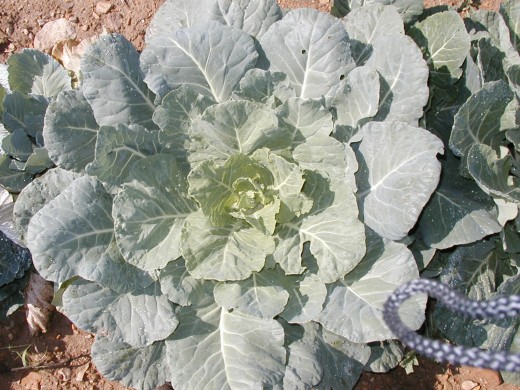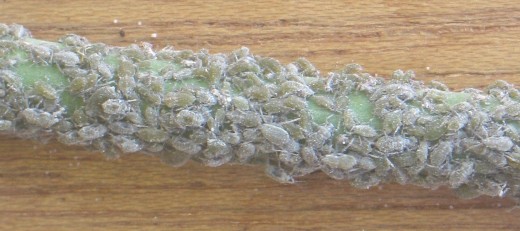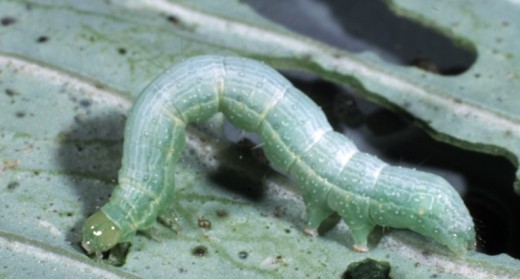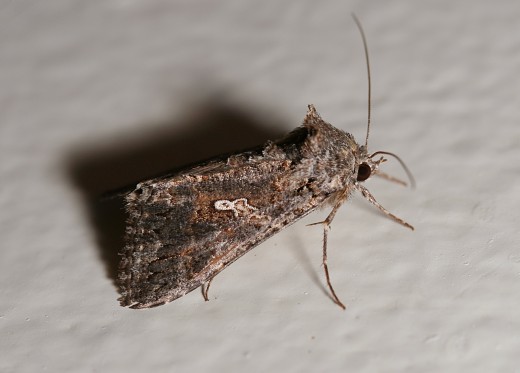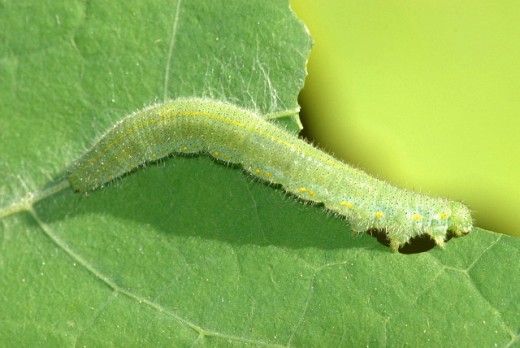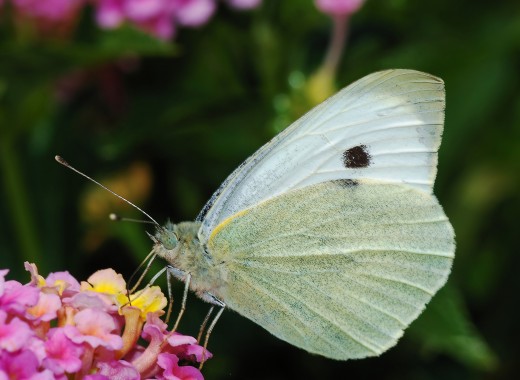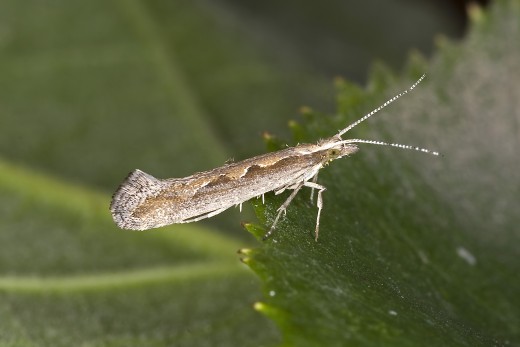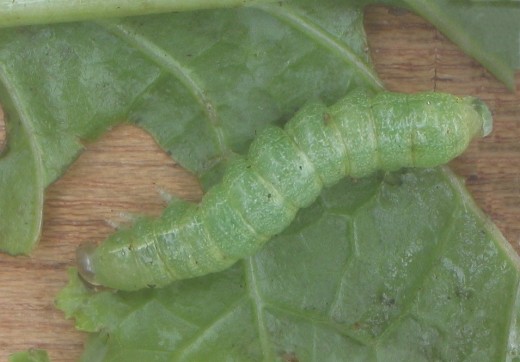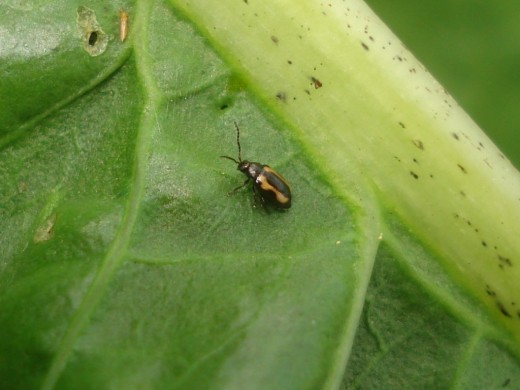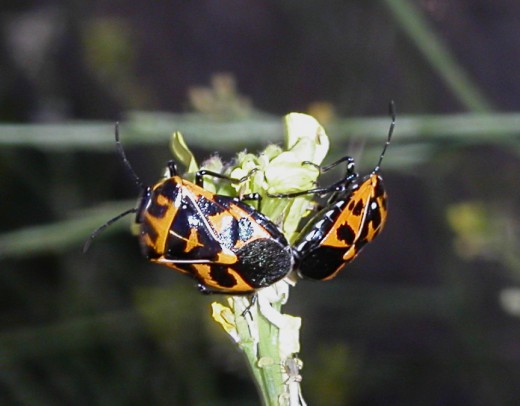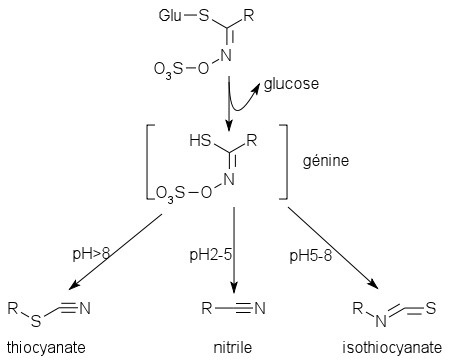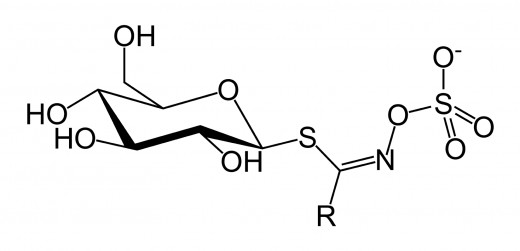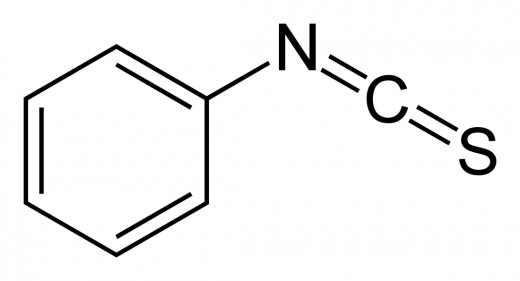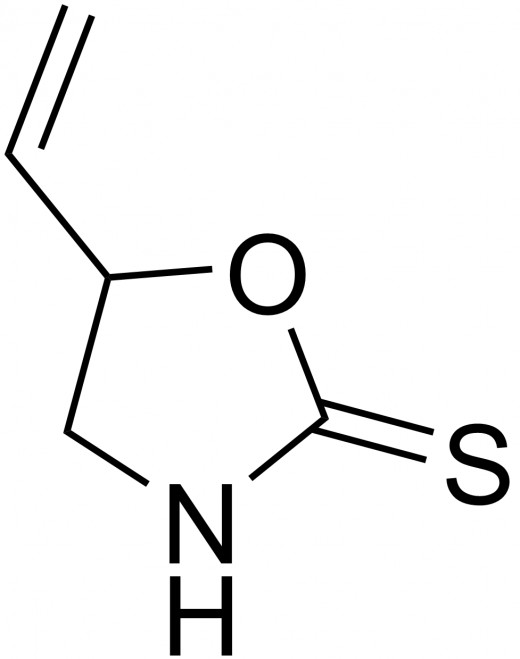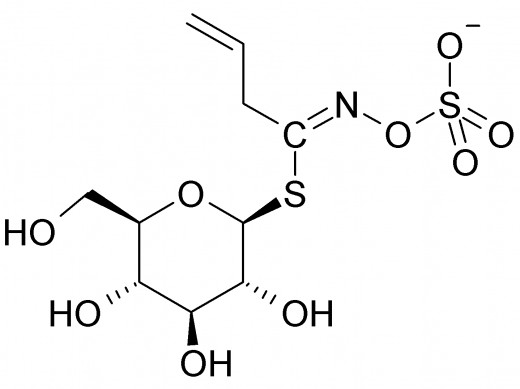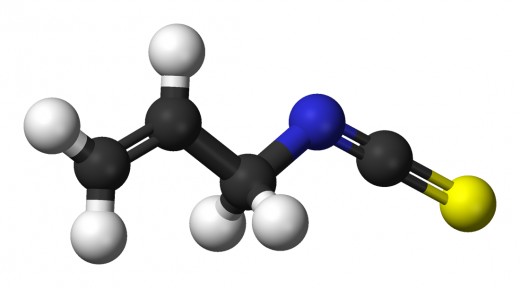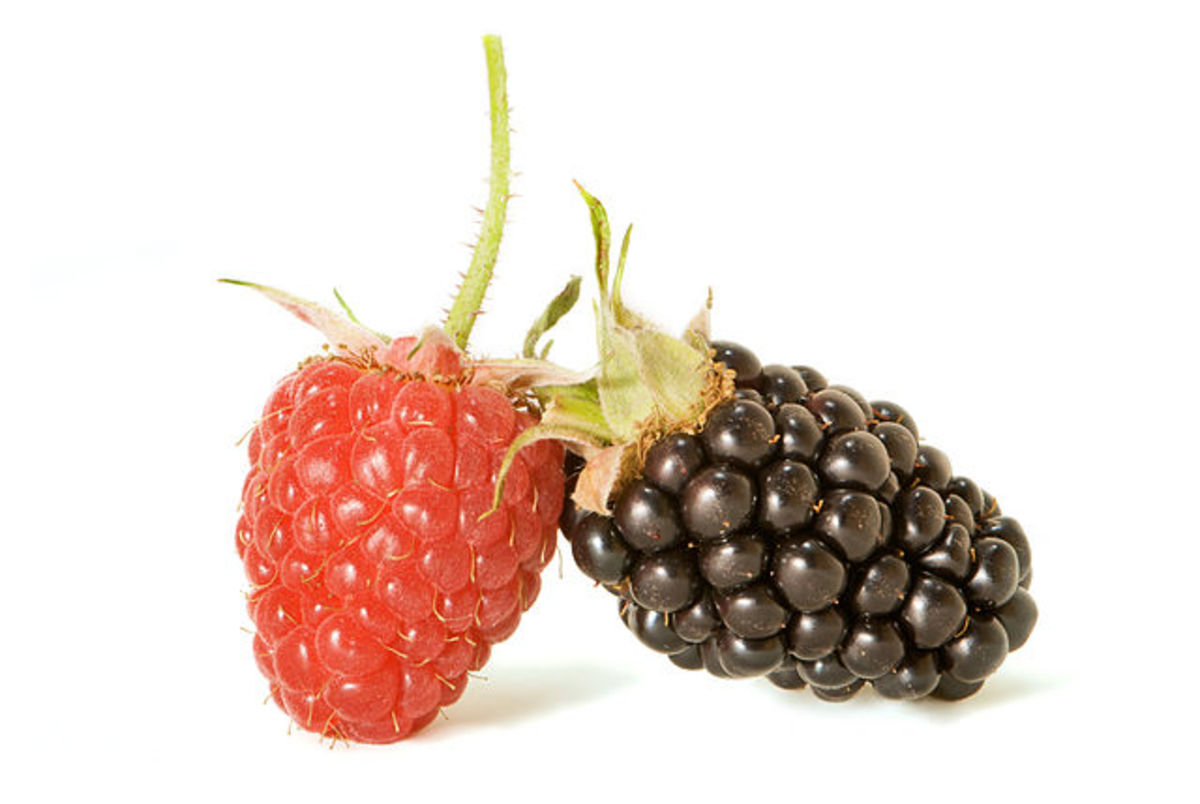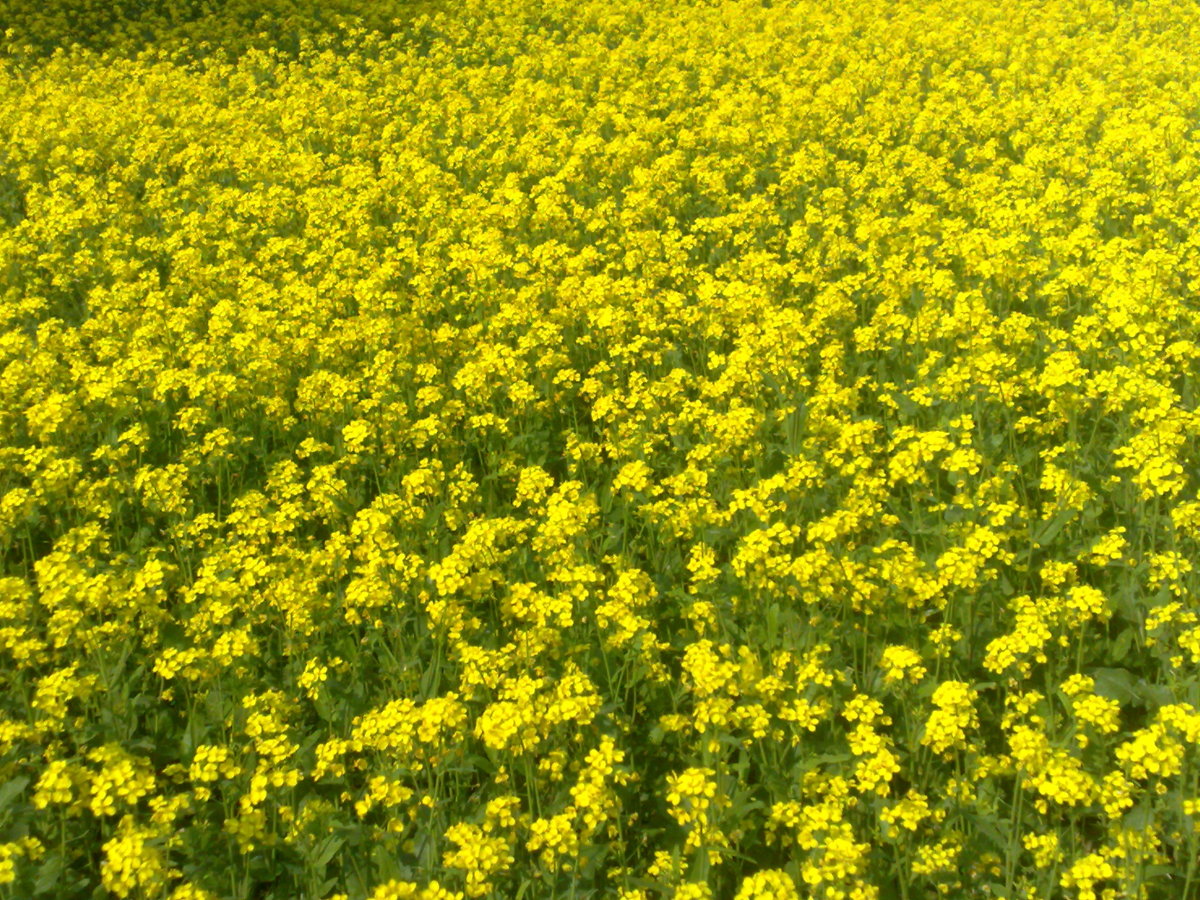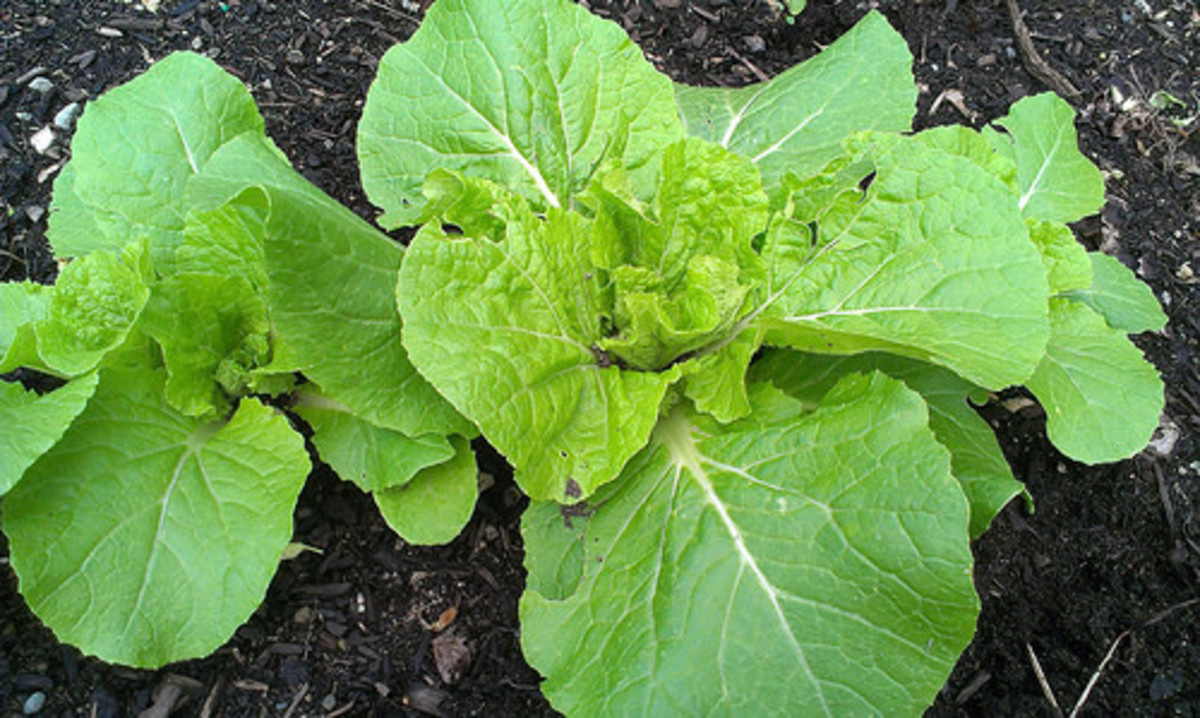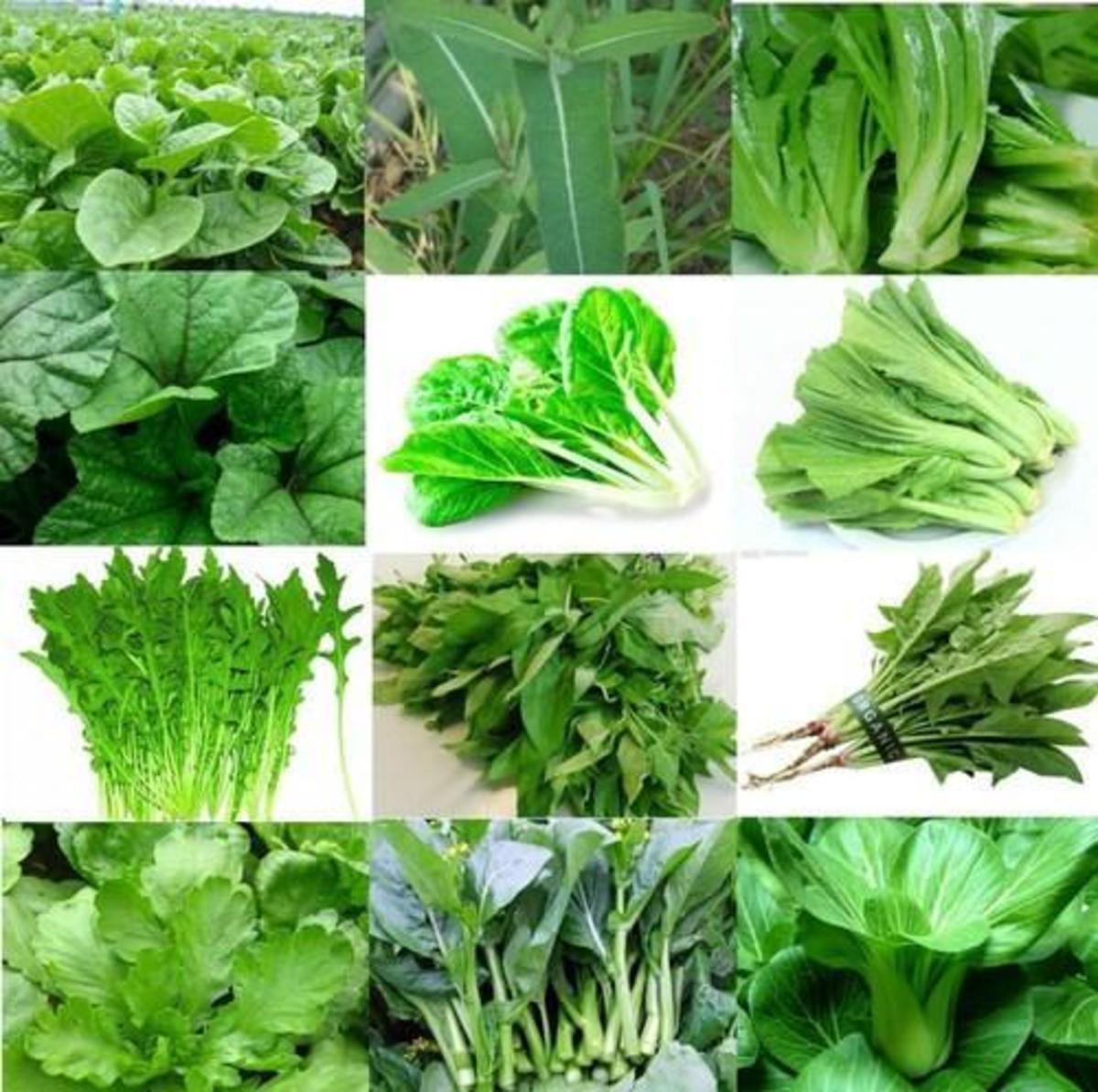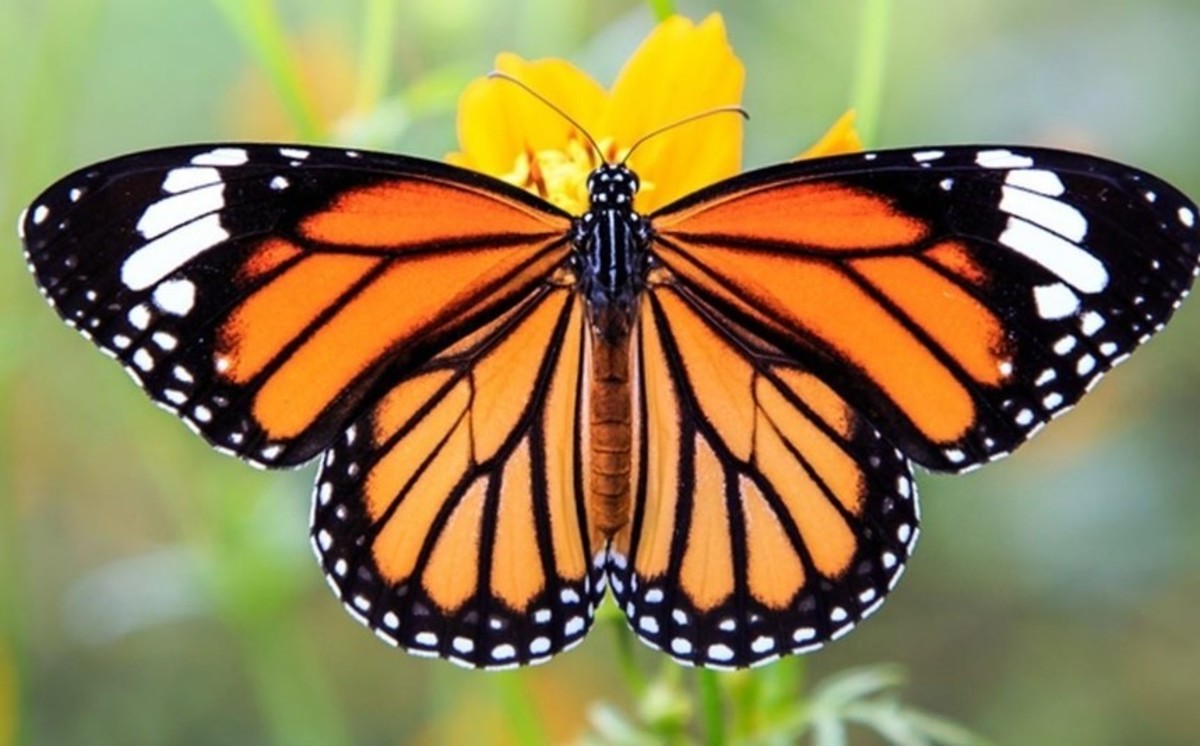Notes on the Phytochemistry of Broccoli: Natural Defenses and Human Health Benefits
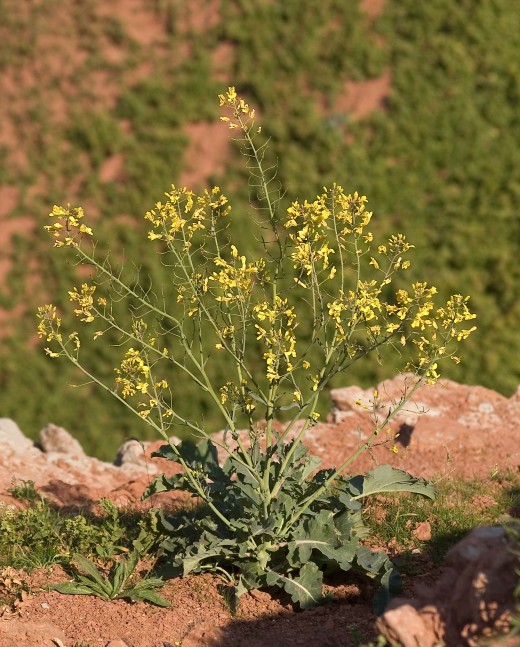
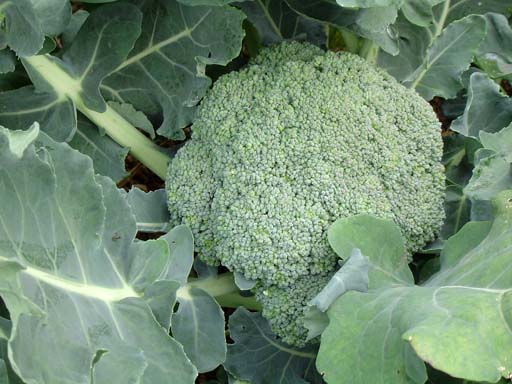
First a Little History
Broccoli has been an item in human diets for at least 2000 years. Having approximately 50% of the blood coursing through my veins of Italian origin, I enjoy a small measure of ethnic pride in knowing that my "fellow countrymen" were responsible for bringing the broccoli plant to North America and popularizing it in the general culture beyond the confines of "Little Italy". The origins of the broccoli that we are now familiar with even show up in its scientific name, Brassica oleracae italica.
Broccoli was favored by the Romans in the first century AD where the Calabrese type, the sturdy-branched, tight headed variety most commonly found in grocery stores today, was developed. The origins of the precursor of "modern" broccoli, a thinner stemmed plant, is shrouded in the history of the Eastern Mediterranean region during the 8 century BC. After a comparatively brief and uneventful journey through the rest of Europe in the 18th century broccoli made it to the Americas. It moved through England and France during that time and played to mixed reviews although there are big gaps in its history during this period.
The first recorded planting of broccoli in North America was over 200 years ago by Thomas Jefferson in his garden at Monticello on May 27, 1767. There was apparently a long period of obscurity for the broccoli in America and it wasn't until the 1920s that the D'Arrigo brothers, immigrating from Italy, brought their broccoli seeds with them and made a planting in southern California. By the 1930s, after a successful east coast marketing campaign, broccoli had arrived as a mainstay in the hearts and minds of their adopted countrymen and has become a common offering on American kitchen tables ever since.
Broccoli in the garden
In recent years broccoli has been hailed for its great health benefits conferred by the bevy of vitamins, antioxidants and other natural chemicals that are characteristic. Broccoli and its relatives are members of the Brassicacae family, popularly known as the "cole crops". The gallery of broccoli cousins that are in this family include cabbage, cauliflower, brussels sprouts, kale, collards, and kohlrabi. They are different cultivars of the same species Brassica oleracae and all claim the humble rock cabbage as there distant progenitor.
Originally broccoli was a perennial plant that would not produce a head until the second year after planting and some of those varieties are still available but by and large most broccoli grown today is of the annual variety, some producing a head in 60 days.
Broccoli's Parade of Edible First Cousins
Click thumbnail to view full-size









Natural Defensive Chemicals
Because of the high content of mustard oils and their derivatives in the Brassica family of plants most insects cannot feed on broccoli or its' relatives. There are however a handful of insects that specialize in feeding on broccoli and they are only capable of doing this because of the biochemical system of detoxifying these chemicals in their bodies. These insects are called specialist feeders because they "specialize" in feeding on plants, in this case, in the Brassica family.
Other insects, for example the Japanese beetle, are called generalist feeders because they don't specialize in feeding on one family of plants. The Japanese beetle feeds on some 200+ different types of plants but is not able to feed on plants in the Brassica family because it doesn't possess the chemical system in its' body to detoxify the mustard oils produced by these plants. In all my days in the field I have never seen a Japanese beetle feeding on a Brassica or closely related plant species.
There is only a relative handful of specialist insect feeders that are capable of handling the natural chemistry in broccoli and survive, among them are the Cabbage aphid, Cabbage looper, Imported cabbageworm, Diamondback moth, the Cabbage flea beetle and the Harlequin bug. Even these Brassica specialists are sensitive to the amount of mustard oils in a plant and may feed less if levels are unusually high.
Rogues Gallery of Brassica Eating Insects
Click thumbnail to view full-size








One interesting example is the Cabbage aphid, which is, as you can tell by its common name, a specialist feeder on Brassicas, it feeds on cabbage, broccoli, cauliflower and all the rest. The way it feeds is to pierce the vascular tubes that carry water and plant fluids throughout the plant somewhat analogous, for our purposes, to our vascular circulatory system, with its needle-like mouthparts and sucks out the nutritious juices. Well, in those nutritious juices are natural chemicals called glucosinolates . Now, it stores this chemical in its' body in tiny globules separate from an enzyme called myrosinase, that it naturally produces. Because when these two chemicals mix together they react to produce an isothiocyanate, or mustard oil, a substance toxic to many insects. The only reason these two chemicals would mix inside the body of a Cabbage aphid is if it was attacked by a predator like a Ladybug and when it does the Lady receives a mustard bomb that will deter it or maybe even kill it. Some kind of wild natural alchemy, no?
How about this one, when plant tissue from broccoli or other Brassicas breaks down in the soil isothiocyanate is formed and is given off in a gaseous form that actually fumigates the soil killing some weed seeds and pathogenic soil microbes. Farmers actually have incorporated this knowledge into their cultivation practices by planting one of the leafy Brassicas like kale or canola and, after it has grown and produced sufficient biomass, tilling it under to break down and naturally fumigate their soil, cleaning out some of the weeds and disease organisms.
Awash in Natural Chemicals
If you'll notice in the table I've included below some of the natural chemicals found in cabbage, many if not all are also in broccoli, having a very similar genetic heritage. There are probably hundreds of other chemicals in broccoli that are presently unidentified. These forty-nine natural chemicals found in plants of the cole crop family have been determined, in their pure form, to be carcinogens by the standard laboratory rat tests.
The paradox, and this makes the point about the importance of dose, is that some of these natural chemicals, that are toxic to insects at relatively moderate doses and carcinogenic to rats at high doses, are also the very reason we eat Brassicas for their health promoting and anti-cancer properties. The dose of natural chemicals we receive when eating these plants as food is vanishingly small compared to what a rat receives in the lab tests that concluded they were carcinogenic. For example, in rat testing one of the glucosinulate compounds found in brassicas, you would have to eat, probably 150 lb. of broccoli a day for 100 years to get the same dose of the pure chemical that the rat received. Your body would lock up with cellulose long before the glucinosulates would give you cancer.
In fact, small doses of glucosinolates actually have been shown, in scientific testing, to reduce cancer development in human cells. Some of the other natural chemicals found in broccoli that are on the rat carcinogen list include isothyocyanate, sinigrin and goitrin. Think of the model of therapeutic pharmaceutical drugs or even herbal remedies that are used for medicinal purposes these are basically low doses of toxins that we take on a temporary basis usually, to assist our bodies in fighting off disease. At high doses these drugs can be extremely toxic to our physiology. Remember Paracelsus, the father of modern toxicology, and his well known maxim, "Poison is in everything, and no thing is without poison. The dosage makes it either a poison or a remedy." Paraphrased; The dose makes the poison.
Natural Chemicals in Cabbage that Test as Carcinogens in Rats
Chemical Compound
| #Tested as carcinogens
| |
|---|---|---|
Glucosinolates
| 11
| |
Goitrin
| 1
| |
Alcohols
| 3
| |
Indole Glucosinulates
| 5
| |
Isothyocyanates
| 10
| |
Ketones
| 1
| |
Cyanides
| 10
| |
Phenols and Tannins
| 8
| |
49 total chemicals
| ||
Table consolidated from Dr. Bruce Ames, U. Cal Berkeley
|
Health Benefits
The levels of some natural chemicals like the mustard oils in broccoli, and its relatives 2000 years ago, were probably considerably higher than they are now. They produce the bitterness that we sometimes still see in broccoli today when it is grown in midsummer and increased heat units cause these chemicals to accumulate in the plant tissues. Mustard oils also give the zing to radishes and horseradish, two second cousins to broccoli. Broccoli has endured hundreds or perhaps thousands of years of selective breeding so that the levels of these chemicals have been reduced and made the Brassica vegetables we know today more palatable. With all that time it didn't need to be a scientifically sophisticated process just saving the seeds of plants that tasted better generation after generation would do the trick. It seems as if the long historical process of human selection for better tasting broccoli also resulted in the optimization of levels of health promoting natural chemicals as well.
Now, if you want to talk about health promoting foods broccoli moves to the head of the class. Pound for pound broccoli stands toe-to-toe with the calcium in milk , has more vitamin C than an orange, is a bountiful source of vitamin A, and a slice of wheat bran bread turns white at the sight of the fiber in one regular sized spear of broccoli. Vitamin K is also generously supplied in broccoli and, among other things like blood clotting, is important in facilitating vitamin D metabolism.
As far as antioxidants go broccoli makes the top 10 list of foods with flying colors. And broccoli sprouts may contain up to 50 times the antioxidant load as the mature plant. Flavonoids like kaempferol are found in generous amounts in broccoli which act as anti-inflammatory agents. Carotenoids like beta-carotene, zeaxanthin and lutein which all play an important role in eye health are found at high levels in retinal tissues. Remember when your mother told you to eat your carrots so you could focus like a rabbit, well she was right, and broccoli is also an excellent source of these chemicals. The B vitamins, B6 and B12, and folate which are good for vigorous cardiovascular health are abundant in broccoli. They act to reduce homocysteine levels which are implicated in a whole host of cardiovascular problems including stroke, heart attack and clogged arteries.
Natural chemicals in broccoli
Click thumbnail to view full-size





Again, because of the scope of this article we will focus on the glucosinulates, among many, as a group of the lesser known natural chemicals that are found in broccoli and it's relatives. There are some 120 different glucosinulates found in plants, many, like sinigrin and goitrin are found in broccoli. This time, however we will look at the nutritious properties found in these chemicals in the context of healthy food. Sinigrin, we saw earlier acts as one of the ingredients of the "mustard oil" bombs that defend Brassicas against insect feeding but it also has been discovered, at lower doses, to destroy pre-cancerous cells and if eaten regularly in food to prevent colon cancer. Goitrin at high doses is known to disrupt thyroid function but at sub-lethal doses has been shown to function as a chemoprotective agent against carcinogens by blocking the initiation of liver tumors in lab rat studies.
I have ventured into just a few examples of natural chemicals present in broccoli and it's relatives that have beneficial biological activity. It would take volumes to illustrate all that is known about these chemicals and what is unknown would probably fill a library. This presentation was designed to give you a "taste" of the wonderful, natural complexity in the Brassica family of plants and spur you on to discover more on your own. In some estimates as much as a half cup of broccoli a day would be sufficient intake to make a difference in maintaining some of the health building properties already mentioned, so just like Grandma Pacchioli and Mama Pacchioli used to say; "Eat your broccoli"!
Broccoli with garlic and angel hair pasta, Mangia!
A Closing Comment
As I mentioned at the outset I am a major part Italian so naturally I love my broccoli with pasta and, of course, garlic and olive oil. So before I close I couldn't resist including a delicious video recipe. We need to bring closure to all this food science with something good to eat, time to start chopping broccoli...
So, mangia!, enjoy!
Broccoli: The Best Food in the World
Copyright 2011. All rights reserved.
